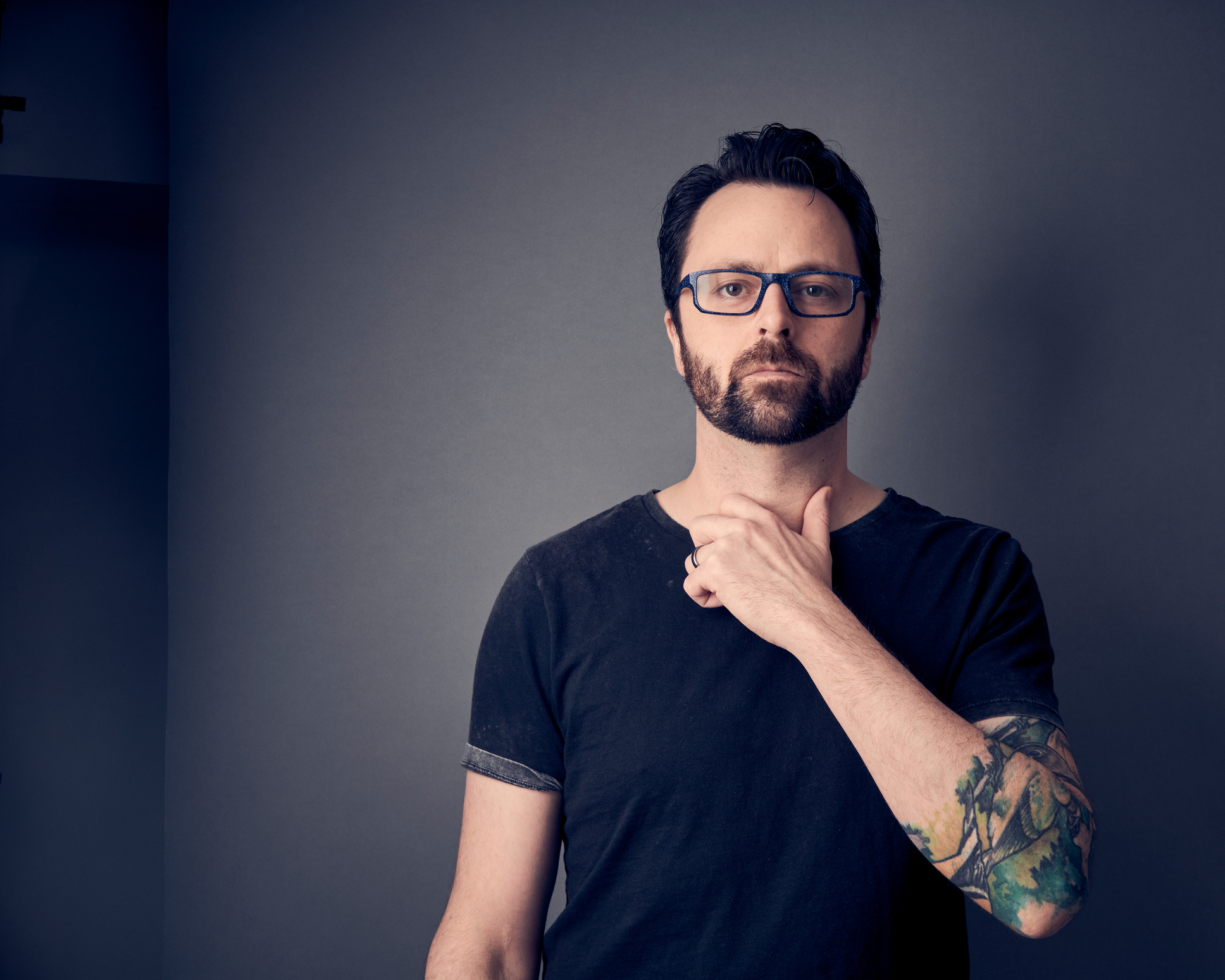Being called upon to strengthen content moderation has actually proven to be a plus for online communities, because it can actually boost user retention and encourage growth. To learn more about the changing landscape of online conversations, and how to get it right, don’t miss this VB Live event featuring veteran analyst and author Brian Solis.
Register for free right here.

Unlock premium content and VIP community perks with GB M A X!
Join now to enjoy our free and premium membership perks.
![]()

![]()